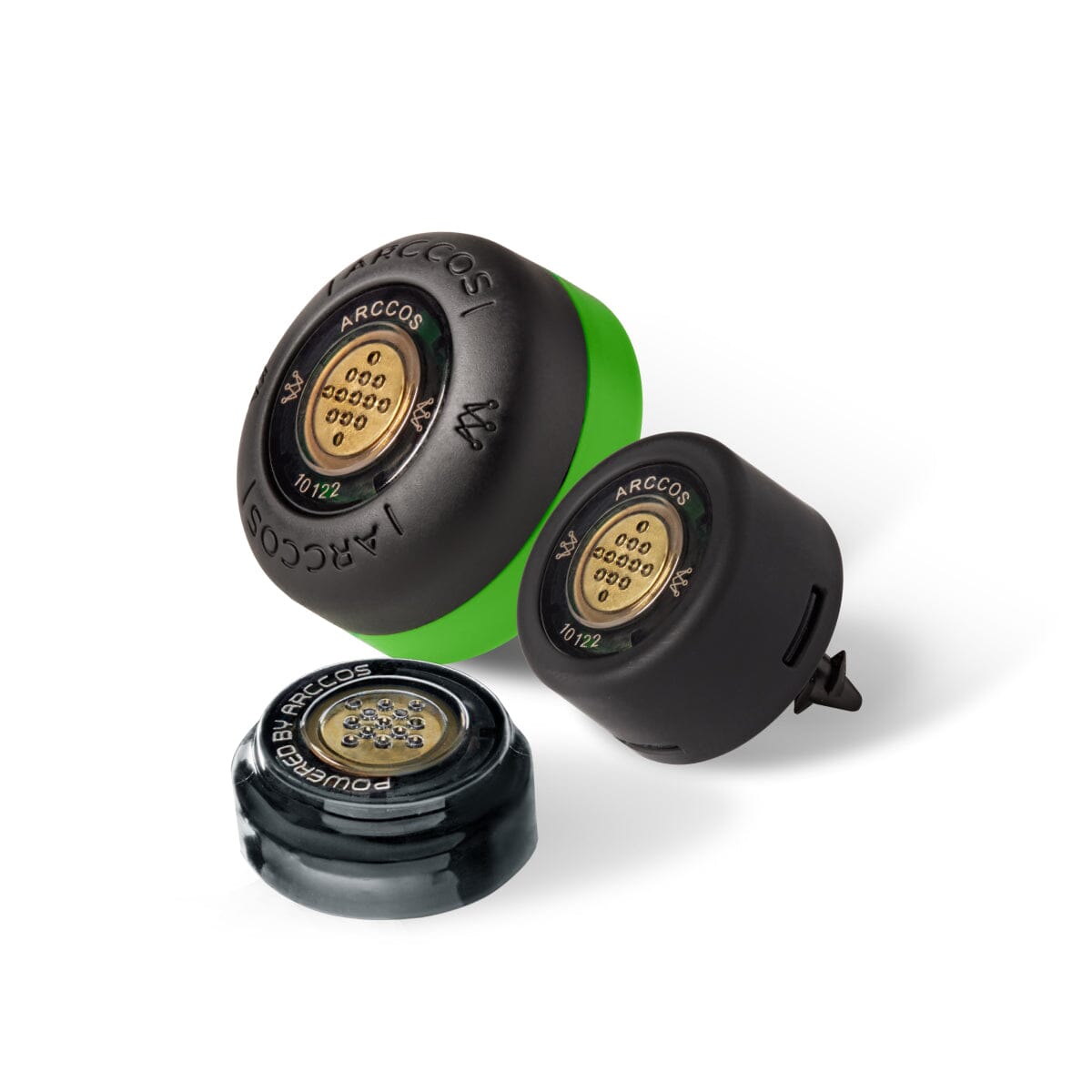
Royal Liverpool is preparing to host its 14th Open Championship, and the course will surely showcase its challenging terrain and elements as anything but easy for the players. Unlike the courses that dawn trees and ever-growing foliage along the fairways the links-style course boasts little to no greenery or hazards, allowing the natural elements to really shine.
Links courses offer their own unique encounters, with their glassy layout, marble-like greens, and bunkers that bear intimidating nicknames such as “Hell”, “Himalaya”, and “The Coffin” … for valid reasons. However, the most arduous challenge that links courses present, is undoubtedly the ever-present and unpredictable force…wind.
Nestled in the vicinity of coastal sand dunes and barren of obstructing trees, these courses are prone to winds that can change a player’s round drastically. The wind's capricious nature is exemplified by sudden shifts, with one moment offering a favourable tailwind and the next unleashing a rigid gust directly in your face. Indisputably, wind stands as one of golf's most unpredictable elements.
Tom Watson didn’t win 5 Open Championships from pure luck and guessing though, he knew how to play in the wind, picked the right clubs, and shaped the shots he needed.
To help tackle your next windy round:
Know your club distances.
Understanding your accurate distance without the influence of wind is already crucial, but it becomes even more essential when factoring in the wind to determine the appropriate club selection. Explore Arccos' Smart Club Distances to gain insights into your true distances on the course, enabling you to make informed decisions when choosing whether to go up or down a club. You can also simulate your distances given certain weather conditions with the Simulated Distances feature.
Consider the wind speed.
Understanding the wind speed will help you determine how many clubs you need to add or subtract from the base club you would use without any wind interfering. The rule of thumb is to add 1% for every 1mph of headwind and use 0.5% for downwind. If you’re pretty good at math, have at it! However, Arccos' A.I. Rangefinder and simulated distance feature can swiftly provide you with forecasted wind speed information, allowing you to make accurate adjustments in an instant.
Know which direction the wind is coming from.
Understanding the direction of the wind is essential, as it determines whether you're dealing with a downwind, headwind, or crosswind situation, each of which can influence the path of your ball. Being aware of the wind direction might lead you to adjust your club selection or aim point accordingly. A quick way to determine wind direction is to throw a little bit of grass into the air. Alternatively, you can rely on the convenience of Arccos' A.I. Rangefinder, which provides insights into wind direction to aid your decision-making process.

Consider any elevation changes.
Feeling winded, chatting about wind… we can’t forget about elevation too! It could be a two-club wind while also 10 ft. downhill. Rather than clubbing up 2 clubs, you might want to adjust to just one, since playing downhill will help offset the wind a little. However, guessing isn’t always ideal—Arccos’ A.I Rangefinder will take the elevation into consideration automatically.
Work on shaping your shot.
This is where all those lessons come in. Being able to shape a shot can further help you in the wind, playing a cut-down wind, might give you a little more lift to ride the wind. While playing a draw into the wind, might help you glide through the gust a little bit more, like a bullet. Having the right shot with wind can give you that extra gain.
Taking all these thoughts into account, while over your shot can be A LOT! What’s my base club… wind is very gusty… maybe 2 clubs… looks like it’s coming from behind… but the green looks a bit elevated… so maybe 1 club or half a club…
Recognising that you have limited time to make a decision, Arccos simplifies this mental process. After a couple of rounds, Arccos is able to accurately analyze your club data and distances, and complemented by the A.I. Rangefinder, this powerful combination automatically calculates the optimal club for the situation at hand.
So, what might have taken you 1-2 min to calculate (wind, gusts, directions, elevations, club choices) can actually take you less than 30 seconds. With Arccos, you can swiftly access actual GPS yardage and your smart yardage, which takes into account the elements and provides a club recommendation based on your personalised data.
Pro Tip: Check out the impact of all these factors on your own club distances by utilising the Simulated Distances feature within the Arccos Caddie app. Navigate to the Clubs tab > Click Club Distances at the top > Select Simulated Distances.







Share:
Inside the Numbers of the U.S. Women's Open Contenders
Arccos' New Feature: Live Activity Now Available